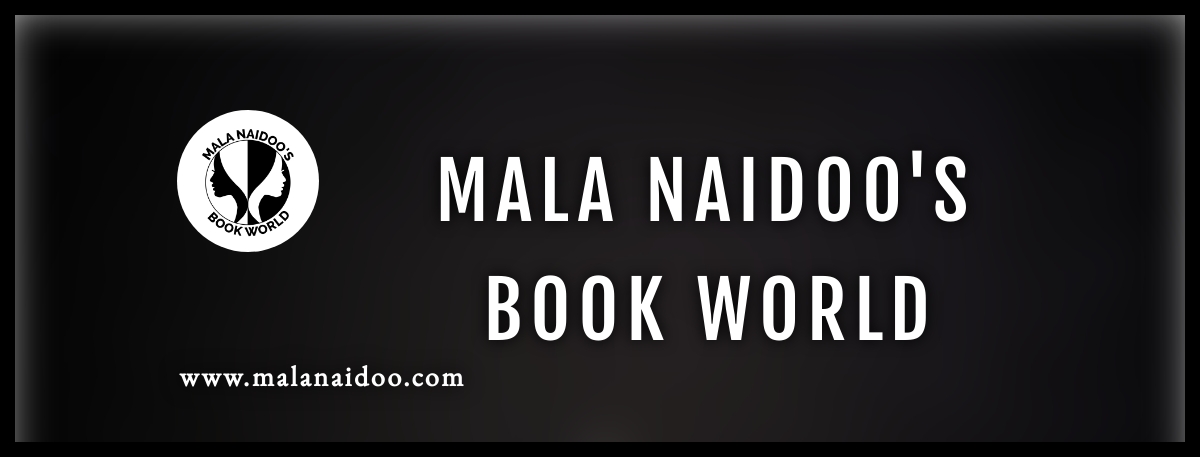Fictional characters echo this representation of imperfection without necessarily being labelled Shakespeare’s Iagos of the world – they do exist – the first page of the daily newspaper or the first news item on the evening television news reveals that Iago exists in politics, education, the corporate world, and other dark corners.
Nobody is as good as gold…
My tag line, Perfection in Imperfection, the themes in my novels, and short stories, and essentially most novels, illustrate that life is just that – a mix of the good, the bad and the ugly. Nothing is perfect nor is anything entirely imperfect – there is always a reason for the apparent ‘imperfection,’ the interpretation of which is dependent on one’s value system in either accepting or rejecting a perceived ‘imperfection’. The psychological benefit of understanding that ‘perfection,’ as defined by ‘particular’ standards, is not the norm, invites the greatest learning in appreciation, understanding and compassion which is born from trial and error or walking in the shoes of others.

Perfection bores, it disconnects the reader from the lack of reality evident in the world around. A saintly character who holds pious thoughts and performs selfless acts through the duration of a story might offer some inspiration, but insufficient entertainment value for the reader. Give that saintly character’s perfection a dent or two and they are endearing as human after all.
The socially moral cop with a particular weakness, perhaps peeling bags of onions, eating tubs of ice cream, or engaging in a ‘monkey-ish’ tossing of almonds into his/her mouth, or some such habit, when a case is in a deadlock or about be nailed, is either loved, creates amusement, or is despised. Inspector Aldo in Vindication Across Time, a man who controls the media and women, particularly the rich, widowed, and lonely like, Ana Kutnetsov, a housekeeper with a big heart, and a secret past, grates on every character’s nerves. He is enigmatically dark – a looming manifestation of Iago.
Literary heroines such as Tolstoy’s, Anna Karenina, illustrate this point, and Margaret Atwood’s speech, Spotty-Handed Villainesses, on the good-bad women of literature highlight the fallacy of crafting perfect female characters as unrealistically flawless or insanely bad. Flaws might engender empathy in the reader when weaknesses or vulnerabilities are exposed, not the overt Jekyll and Hyde associations – which exist, depending on the genre of the tale.
Nuanced human foibles draw connections and acceptance, that to err is human. From Count Dracula, Robin Hood, Ned Kelly, to Portia and Desdemona – it’s the yin and yang, the balancing between the scales of imperfection and perfection that makes them timeless characters through reader held values, and the emotions elicited.
Perfection in the natural world is not assured, periods of drought, fires, snow and floods, etc, strengthen human and animal reactions or behaviour to changeability.
As What Change May Come is released this week, my heroes and heroines are both weak and strong. Even the selfless character Patience has her weaknesses much to the embarrassment of her sister Grace. While there are consistencies of characterisation across the three novels, Souls of Her Daughters, Chosen Lives, and What Change May Come, there are times when change elicits or decrees an unexpected behaviour in the character. They are all human after all and aren’t we all?

Happy Writing, Happy Reading!
Please share your thoughts on the topic in the box below.






You must be logged in to post a comment.